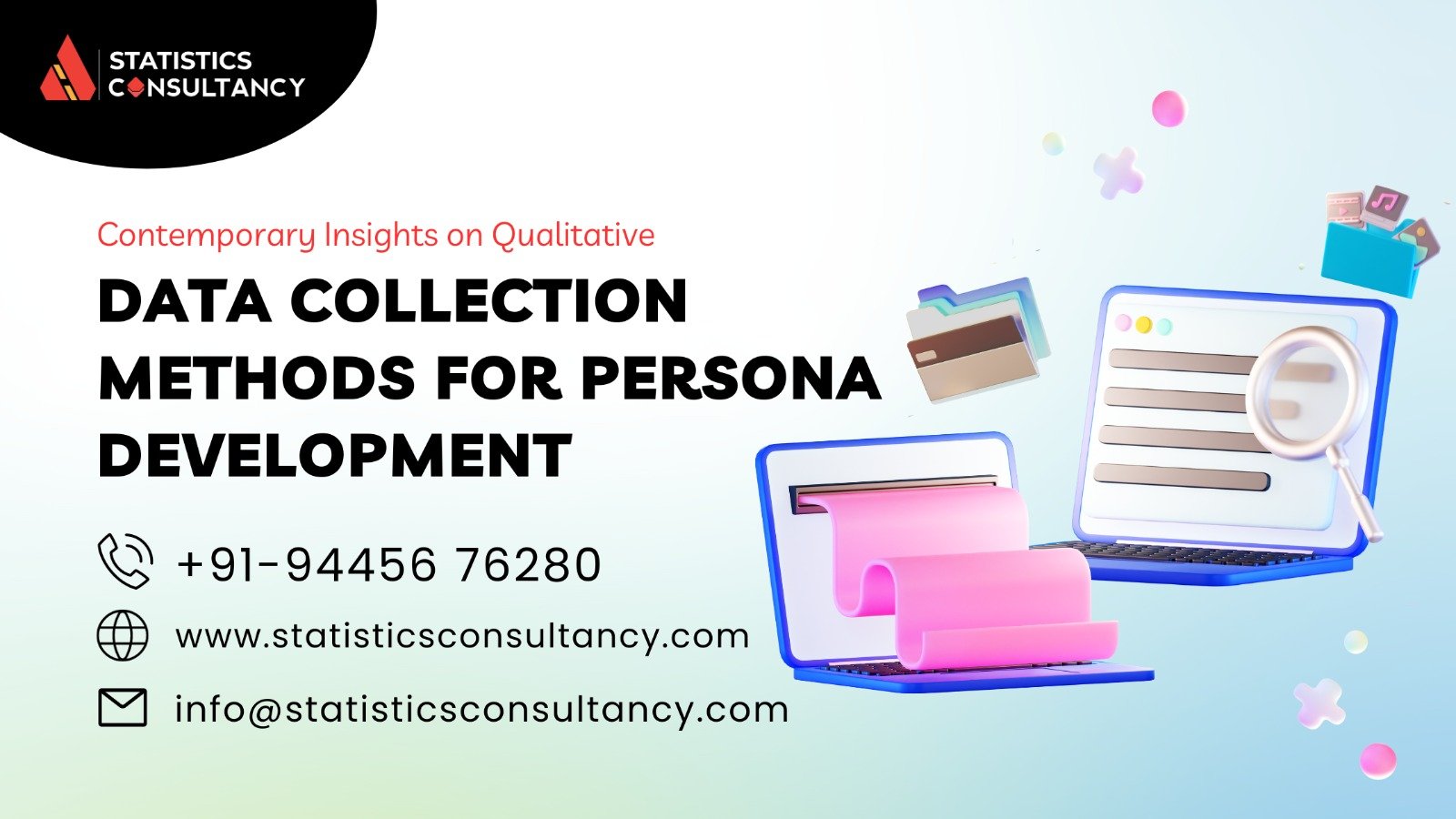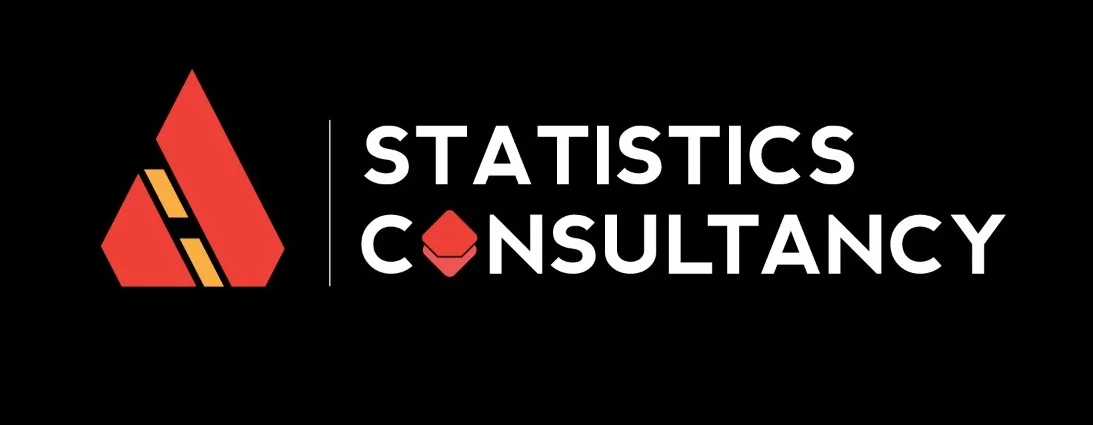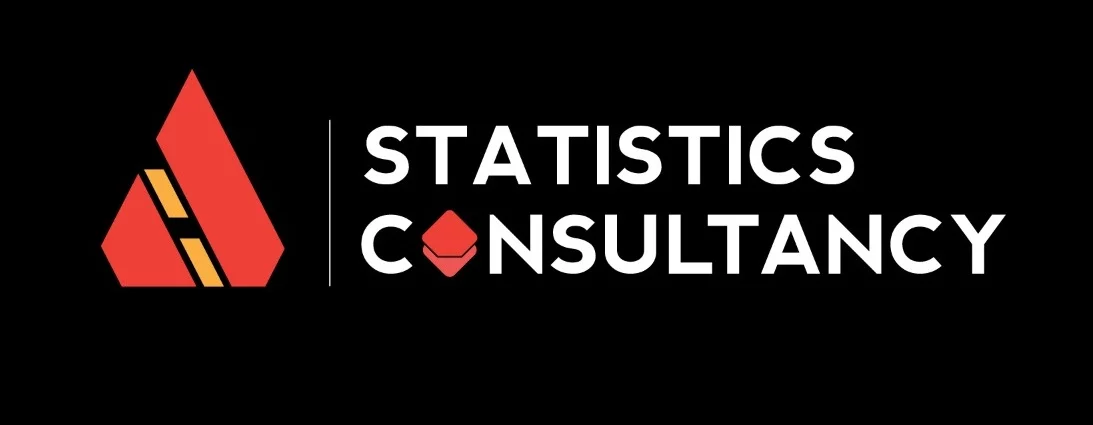
Introduction:
- Data plays a crucial role across all domains, providing invaluable insights into the business community.
- As we venture into this new decade, it is crucial to emphasize the paramount importance of data in understanding the complexities of the business landscape.
- In this regard, we can categorize the data into two distinct types:
- qualitative and quantitative.
- To enhance the understanding of qualitative research findings, researchers employ numerous techniques to optimize the collection and analysis of data.
- This article aims to explore the methodologies and strategies employed to enhance the data collection and analysis phase in qualitative research.
Qualitative Research:
- Qualitative research aims to gauge market insights and analytics by gathering perspectives from individuals who actively participate in questionnaires or interviews conducted by interviewers or researchers.
- Many researchers opt to employ qualitative data as it provides authentic and collective opinions regarding market dynamics.
- To ensure the success of qualitative research, effective and efficient data collection is crucial during the initial stage.
- Subsequently, researchers need to analyze the collected data meticulously to derive accurate results and meaningful outcomes.
- Various methods and techniques are available for conducting qualitative research, including:
1. In-depth interviews (One-on-one interviews)
2. Focus groups
3. Ethnographic research
4. Content analysis
5. Case study research
These methods and techniques for qualitative research have emerged primarily from the social and behavioral sciences.
Data Collection and Analysis:
- The process of data collection in qualitative research primarily involves gathering non-numerical data derived from opinions expressed by individuals and previously established methodologies.
- Utilizing the collected data, researchers can make informed decisions to obtain precise outcomes.
- To achieve comprehensive, detailed, and nuanced data for the research, it is imperative to employ a holistic approach.
- Data analysis plays a crucial role in ensuring the accuracy of results.
- Textual data analysis represents a unique qualitative research approach as it delves into the social dynamics of research subjects.
- By deciphering their verbal and behavioral expressions, this approach uncovers underlying meanings and insights.
Emerging Techniques and Tools for Data Collection and Analysis:
Within the realm of qualitative methods, there exist six prominent methods of Qualitative Data Analysis (QDA):
1. Qualitative content analysis
2. Narrative analysis
3. Discourse analysis
4. Thematic analysis
5. Grounded theory
6. Interpretive phenomenological analysis
Selecting the appropriate technique for your research:
- Determining the most suitable qualitative data analysis approach is primarily contingent upon the research’s objectives, priorities, and inquiries.
- In essence, the choice of tool depends on the specific project at hand.
Consider the following scenario as a guide:
1. Exploring the usage of language and its implications on the intended meaning of a storyteller.
2. Seeking a deeper understanding of the individual under study.
3. Investigating the influence of a particular community on the experiences of its members.
By aligning the research goals with these considerations, researchers can make informed decisions regarding the most suitable technique for their analysis.
Conclusion:
When embarking on a career change, it is natural to have reservations. However, it is crucial to have confidence in your abilities and trust in your chosen profession. Data analytics, in particular, offers stability and attractive remuneration prospects. Given the significant importance of data analytics in today’s world, we have compiled a comprehensive list highlighting the future potential of this field.
Future Scope:
Keeping up with recent trends and technologies, laborious processes can be effectively streamlined through automation techniques, machine learning algorithms, data science methodologies, and artificial intelligence algorithms.
Companies will become more assertive in their demand for data and will leverage it to gain financial advantages, thereby indicating a promising future for data analytics.
Experts expect the market to experience a soaring demand for data scientists. The Internet of Things (IoT) will witness explosive growth. Effective management, processing, and security of the vast amount of structured and unstructured data generated by IoT devices will continue to dominate the industry.
To begin, carefully evaluate your research goals, priorities, and questions to determine your specific requirements. Subsequently, select an approach that aligns with your objectives. It is important not to choose a tool solely based on personal preference or past experience. The chosen data analysis method (or methods) should be in harmony with the overarching goals and objectives of your research.

